A flashy look back at what it meant to be rich in the 1980s.
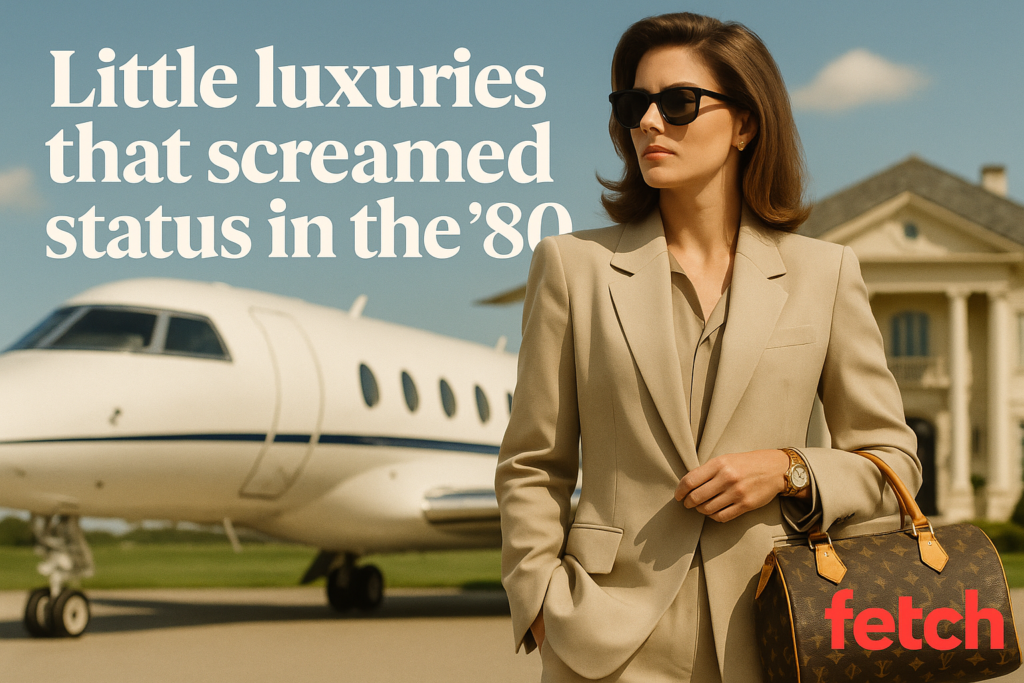
The 1980s were loud, lavish, and unapologetically bold. Under Reagan’s presidency, the American Dream got a shiny makeover: fast money, flashy fashion, and a booming Wall Street became the new status symbols. But what did wealth really look like back then? From designer everything to gated communities and private jets, here’s a nostalgic ride through what it meant to be rich in the Reagan era. Some of it might surprise you.
Designer Labels Were Everything

If you had money in the ’80s, your wardrobe showed it. Brands like Gucci, Versace, and Armani weren’t just popular; they were proof of success. Wealthy Americans flaunted tailored suits, leather handbags, and gold accessories like trophies. The rise of consumer culture meant the rich were dressing not just to impress but to define their place in society. If you didn’t have a logo on you, were you even wealthy? Source: Ad Hoc Atelier
Wall Street Was the New Hollywood
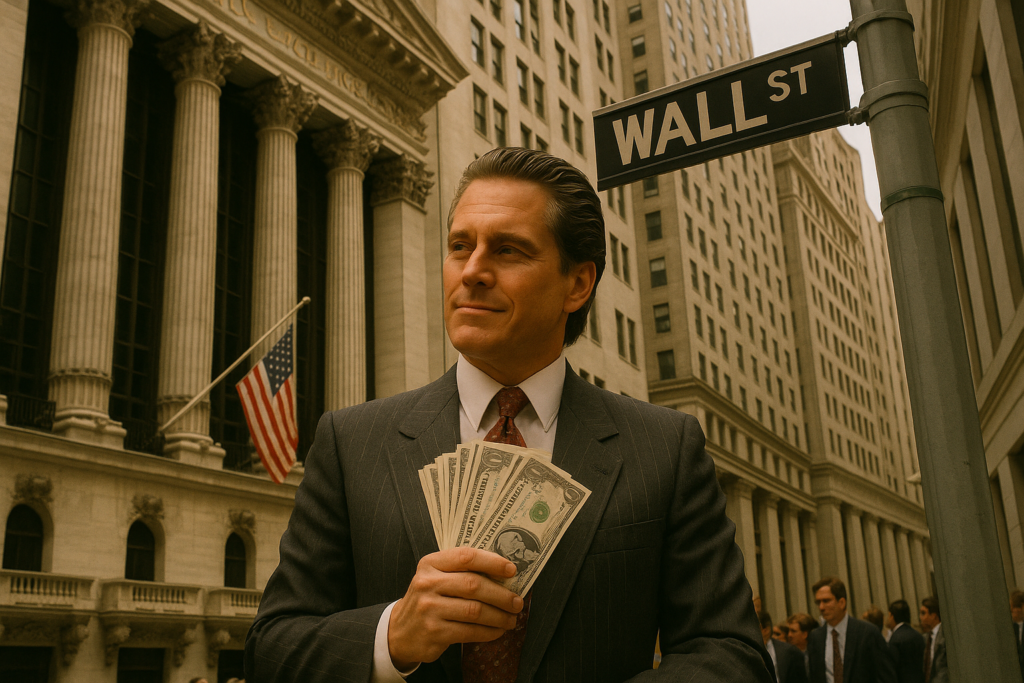
In the Reagan era, finance bros were the rockstars. With deregulation and tax cuts, Wall Street exploded. Young professionals made fortunes overnight, creating a culture of high-stakes investing, power lunches, and corner offices. Making millions became less about old money and more about timing and ambition. Money was fast, flashy, and earned (or lost) with a single trade. Source: UVA Today
The Mansion Boom

Suburban mansions with sprawling lawns and five-car garages became the ultimate status symbol. These weren’t just homes; they were playgrounds with tennis courts, home gyms, and indoor pools. Gated communities popped up across America, offering privacy, prestige, and a neighborhood full of equally well-off folks. The bigger the house, the bigger the statement. Source: Astrophysics Data System
Luxury Cars Ruled the Road

Forget minivans. If you were wealthy in the 1980s, you were likely rolling in a Mercedes-Benz, a Porsche, or the iconic BMW 3 Series. Driving an imported car was more than a transportation choice. It was a social badge. The car became an extension of one’s identity, and with Reagan-era tax incentives for business cars, even more people jumped into the luxury lane. Source: Driving.co.uk
Private Jets and First-Class Flights
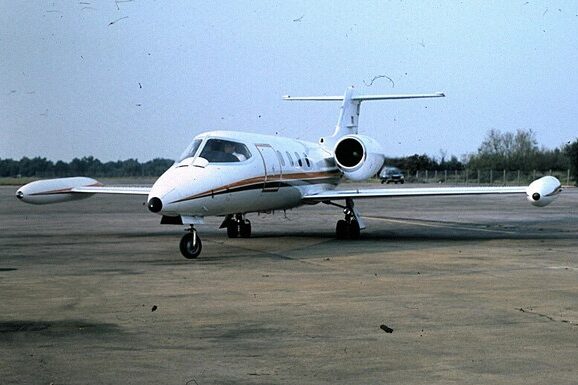
Commercial flying was so last decade. In the 1980s, the ultra-rich started opting for private jets and exclusive airline memberships. Air travel was about comfort and time-saving, yes, but also about status. Chartering a jet or flying Concorde wasn’t just about getting from point A to B. It was about who noticed you while doing it.
Country Clubs and Exclusive Access
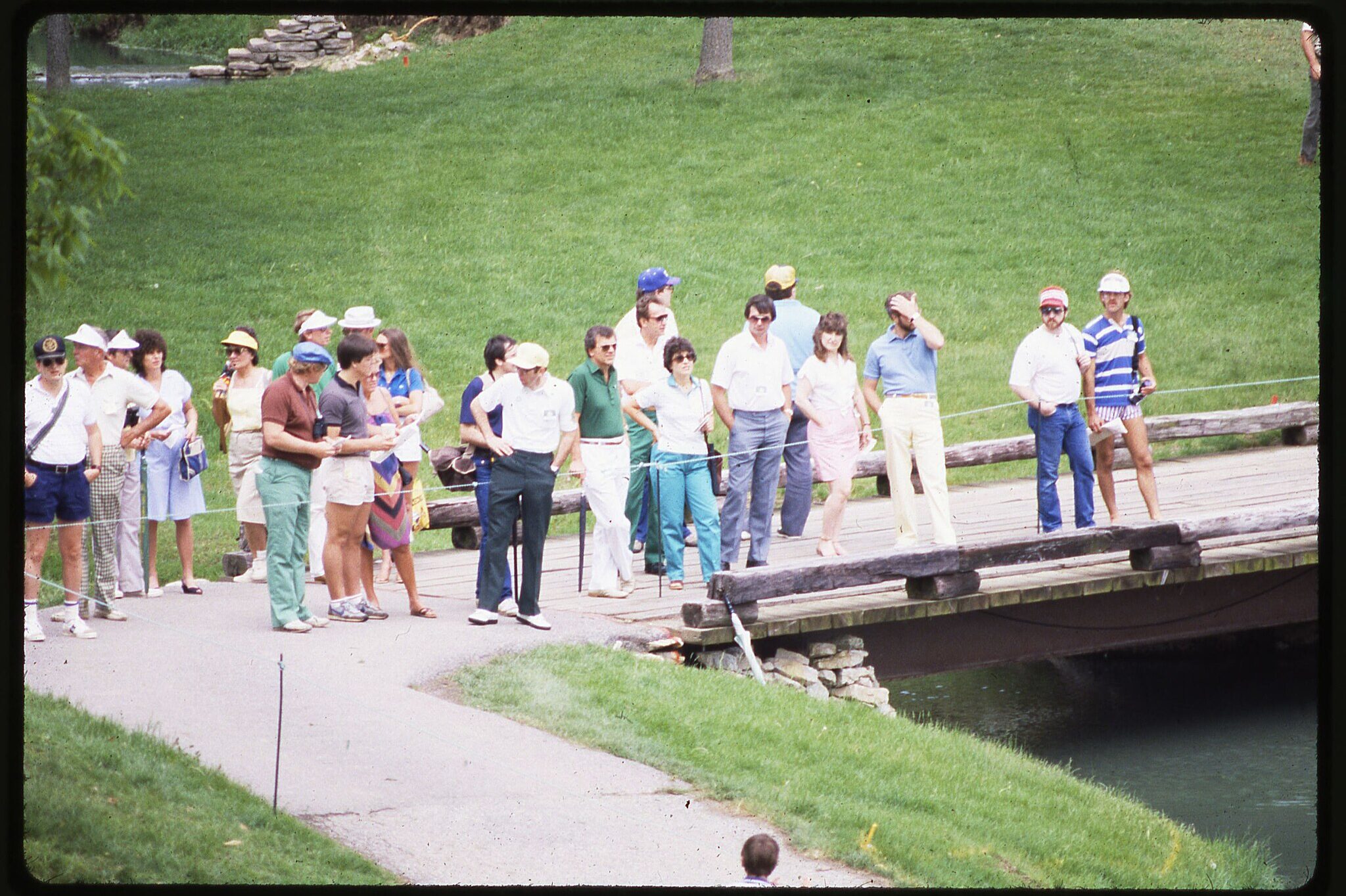
Membership-only clubs were the places to be if you had money. Golf courses, polo fields, and exclusive cocktail parties offered more than recreation. They were networking hubs. Being a member meant rubbing shoulders with CEOs, politicians, and influencers of the day. The more private and expensive the club, the more prestigious your place in society.
Art Collections and Auction Fever
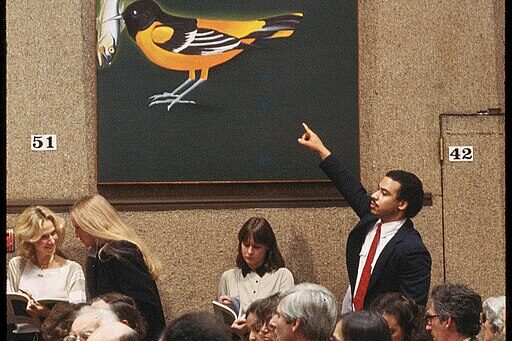
The rich in the 1980s didn’t just hang art; they invested in it. High-profile auctions at Sotheby’s and Christie’s saw record-breaking sales as art became a hot new asset class. From Warhol prints to classic European paintings, owning iconic artwork wasn’t just about taste. It was a strategic move, signaling cultural clout and financial savvy.
Lavish Vacations Were a Lifestyle
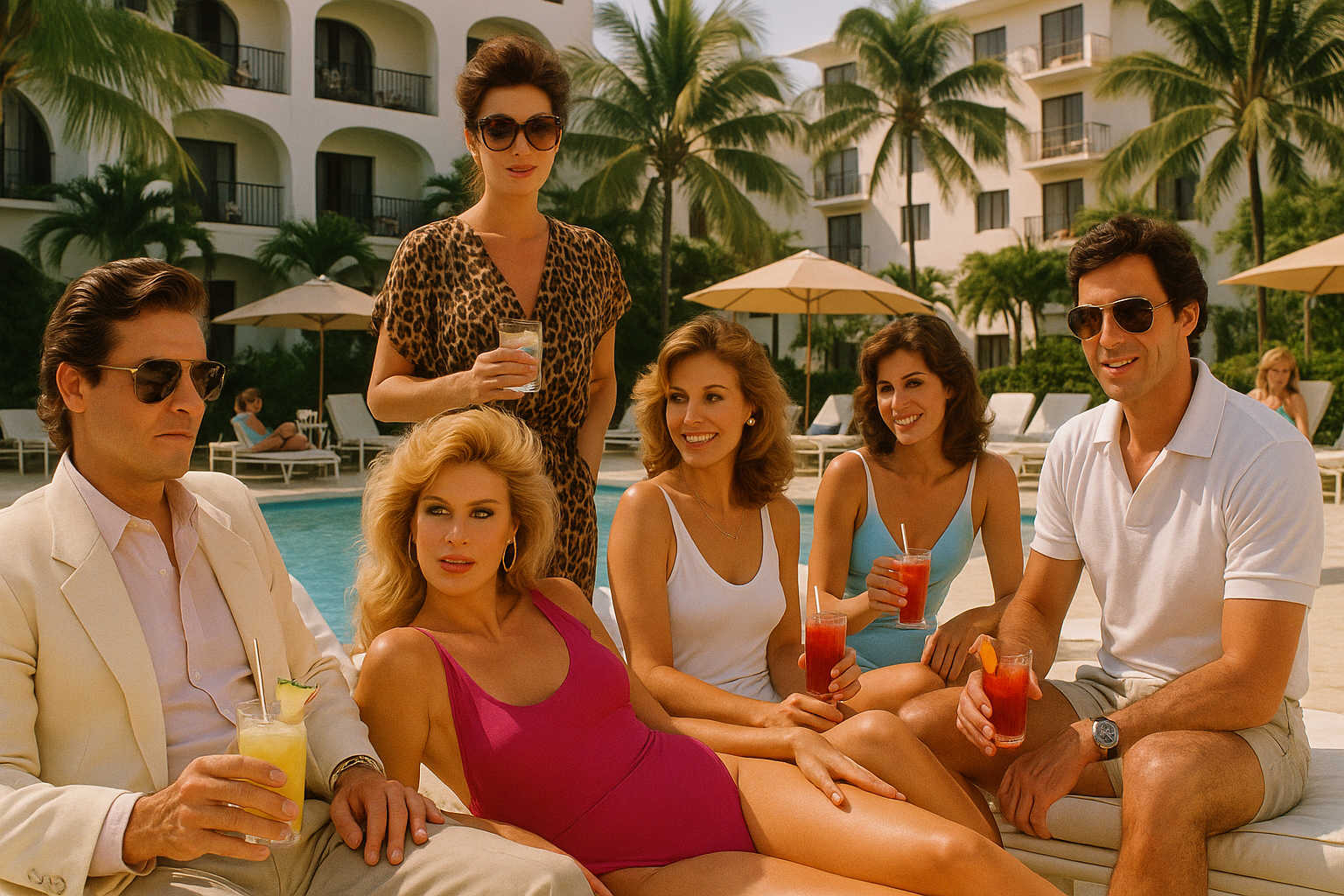
The elite didn’t just travel. They vacationed with flair. Think Aspen ski trips, European tours, or Caribbean yacht parties. Traveling first-class or booking out luxury resorts became the norm for those with money. Reagan-era wealth wasn’t quiet about leisure. If your vacation didn’t come with a butler or a sunset helicopter ride, were you really doing it right?
Were you around in the Reagan era or curious about how wealth shaped pop culture in the ’80s? Share your memories or thoughts in the comments. What do you think defined success back then, and how has it changed today?


